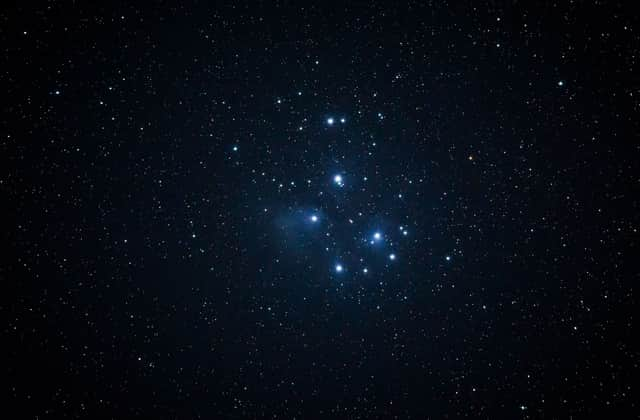What's in the skies for December 2023? The astronomical events you cannot miss this month


In the final month of the year, the sky is alight with delight as amateur stargazers can spend longer staring into the inky void as the evenings stretch out from 4pm. With busy schedules and light pollution, it is hard to find time to look into the night sky, but with this guide, you will know the exact dates to catch some of the best shows the universe has to offer. Here is what you need to know.
What is visible in the December night sky?
December 9: catch the hottest planet in the solar system every morning in December, but see it with a waning crescent moon when it appears close to the star Spica. Venus begins the month in the constellation Virgo the Maiden and will move into Libra the Scales by mid-month. Then by the end of the month, it will be in the constellation Scorpius the Scorpion.
Advertisement
Hide AdAdvertisement
Hide AdDecember 14-15: the peak of the Geminids meteor shower will pass the Earth at speeds of up to 70 kilometres per second, and will be very bright, moderately fast (at 150 per hour) and multicoloured - in white, some yellow and a few green, red and blue. These colours are partly caused by the presence of traces of metals like sodium and calcium, the same effect that is used to make fireworks colourful. The showers are available from 4-20 December.
December 21: Asteroid Vesta reaches opposition which means you can see it along with Orion in the sky (look for three stars seemingly in a line). The asteroid will be at its largest and brightest state and is one to keep an eye out for.
December 22-23: the Ursid meteor shower usually produces around five meteors per hour at its peak, and enters our planet’s atmosphere at speeds of up to 70 kilometres per second. However, the shower can be seen from December 17-26, but the peak is 22-23, and they can be seen with the naked eye.
What planets can you see in December?
Mercury will be visible in the night sky, using a visual aid such as binoculars, just after sunset. The planet can be seen most evenings throughout the month.
Advertisement
Hide AdAdvertisement
Hide AdJupiter and its moons will appear throughout the month from the start of December, just after midnight. Moon Io will appear on December 8, at 12:51am. On December 12, Jupiter's largest moon Ganymede will be visible.
Saturn: the ringed planet will shine in the southwest after sunset during December in the constellation Aquarius. On December 17, Saturn will be sitting with the waxing gibbous moon of the month.
Comment Guidelines
National World encourages reader discussion on our stories. User feedback, insights and back-and-forth exchanges add a rich layer of context to reporting. Please review our Community Guidelines before commenting.
